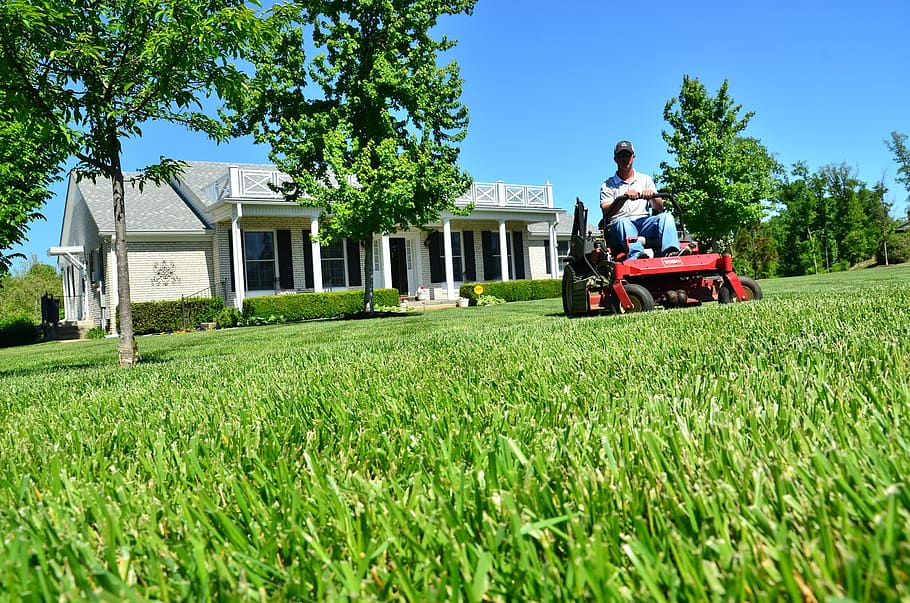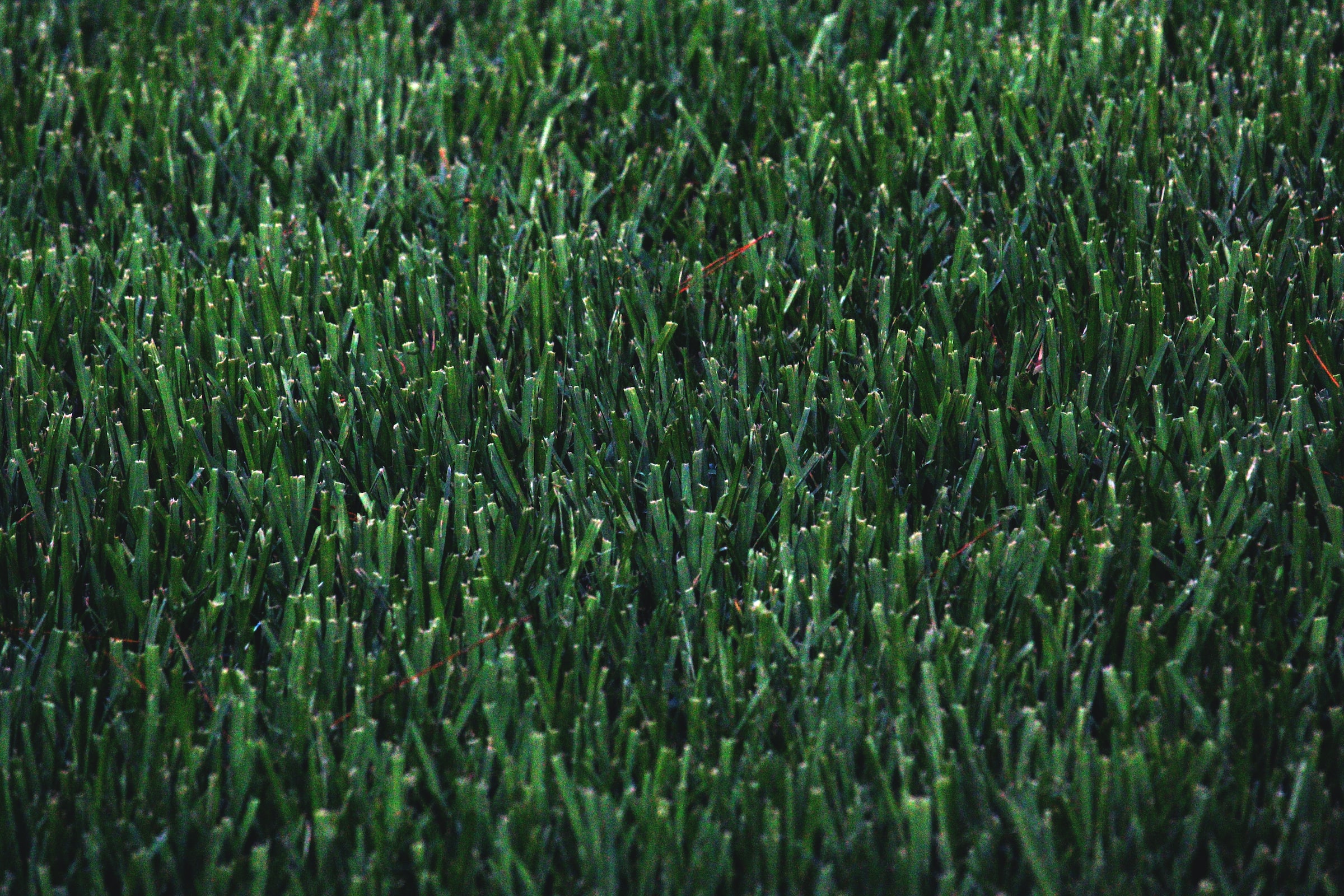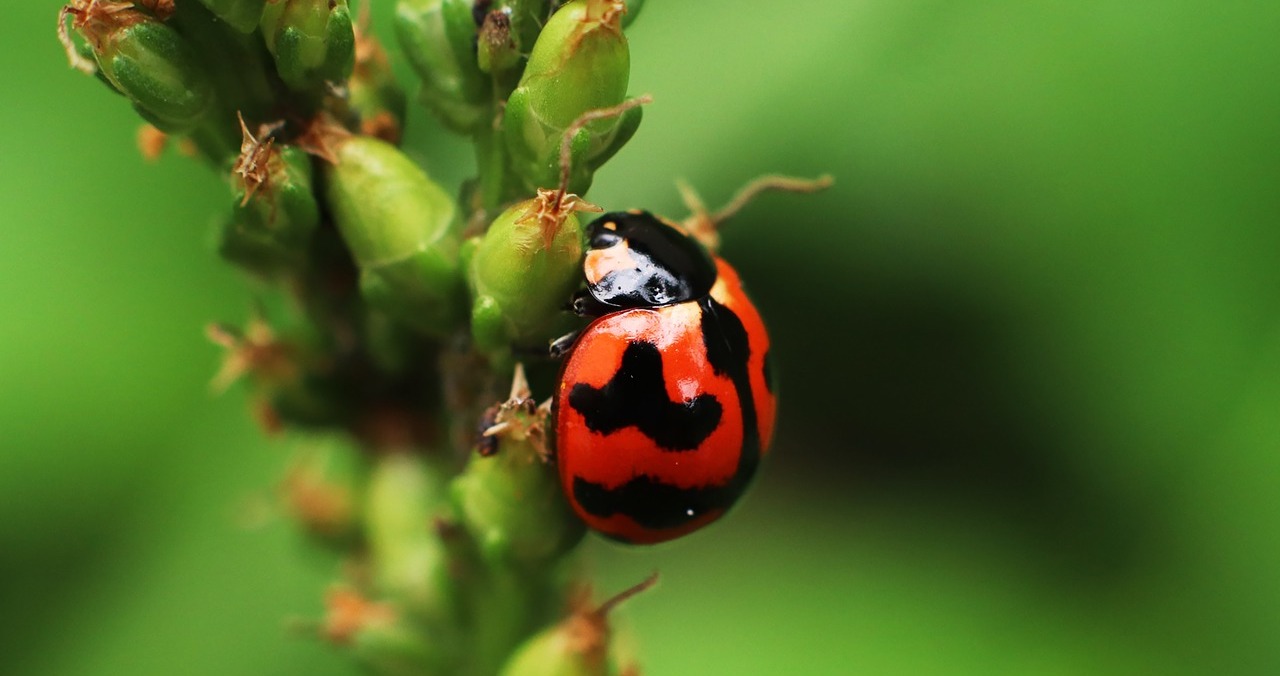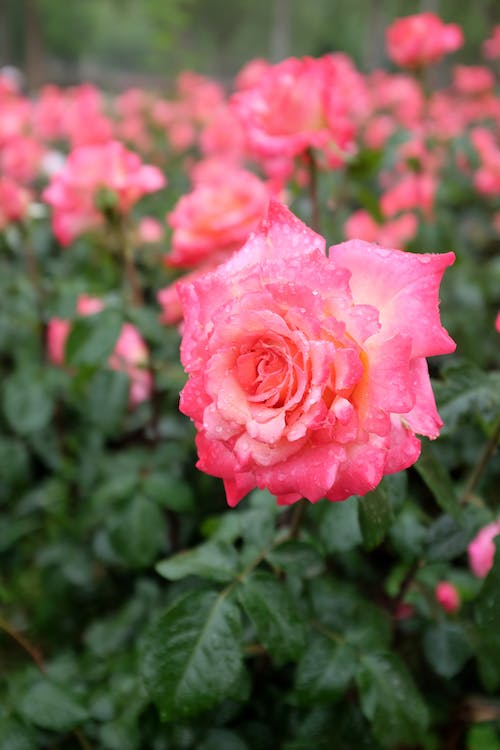How to Prevent Weeds on Your Lawn: A Comprehensive Guide
Hey there, fellow lawn enthusiast! If you’re tired of those pesky weeds taking over your beautiful lawn, you’ve come to the right place. We all know that maintaining a weed-free lawn can be a real challenge, but with the right strategies and a little bit of effort, you can achieve the lush, green lawn of your dreams. In this guide, I’ll walk you through some effective tips and techniques to prevent weeds from ruining your lawn and keep it looking its best. Let’s dive in!
Understand the Enemy: Know Your Weeds
Before we jump into weed prevention, it’s crucial to understand the types of weeds you’re dealing with. Common lawn weeds like dandelions, crabgrass, and clover each have different growth habits and require specific control methods. Identifying the weeds in your lawn will help you choose the most effective prevention approach.
Mow at the Right Height
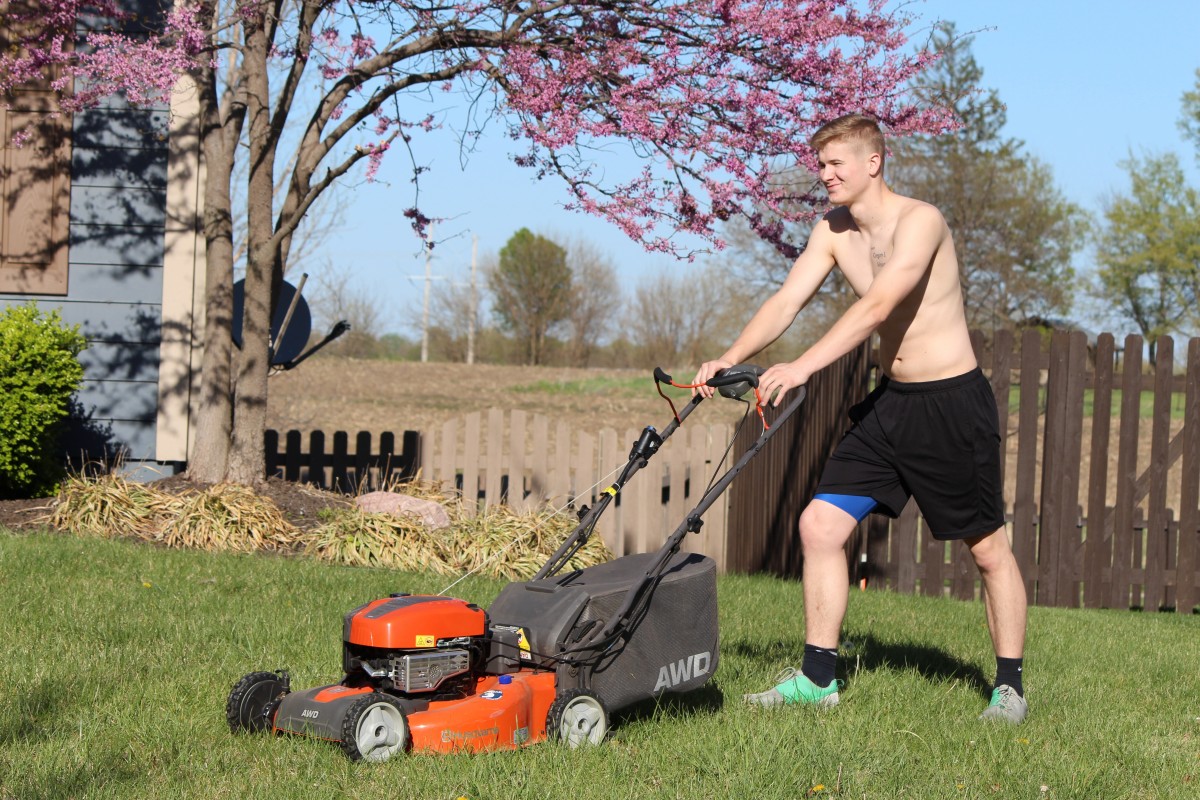
Believe it or not, mowing your lawn at the correct height can significantly impact weed growth. Keep your grass at a height of around 2.5 to 3 inches, depending on the grass type. Taller grass shades the soil, making it more challenging for weeds to germinate and thrive. Avoid cutting your grass too short, as this can stress the lawn and create opportunities for weeds to establish themselves.
Water Wisely
Proper watering is essential for maintaining a healthy lawn and preventing weeds. Water deeply and infrequently, preferably in the early morning or late evening, to minimize evaporation. This encourages deeper root growth in your grass, making it more resilient against weeds and drought.
Fertilize with Care
Using the right fertilization approach can strengthen your lawn and help it outcompete weeds. Choose a slow-release or organic fertilizer and apply it in the recommended amounts. Over-fertilization can actually encourage weed growth, so follow the instructions carefully.
Aerate Your Lawn
Compacted soil can create an ideal environment for weeds to take root. Aerating your lawn once a year will loosen the soil and improve water and nutrient absorption for your grass. This will also discourage weed growth and promote a healthier, more robust lawn.
Use Mulch in Garden Beds
If you have garden beds near your lawn, using mulch is a fantastic way to prevent weeds from invading. Apply a layer of mulch around your plants, leaving no bare soil exposed. The mulch acts as a barrier, blocking weed seeds from reaching the soil and germinating.
Pull Weeds Early
As soon as you spot weeds in your lawn, act fast! Grab a hand weeder or use a weeding tool to remove them before they have a chance to spread their seeds. Early intervention will save you from dealing with a full-blown weed invasion later on.
Consider Natural Weed Control Methods
Chemical herbicides can be effective but may have negative effects on the environment and beneficial insects. Consider using natural weed control methods like vinegar-based solutions or boiling water to target weeds without harming your lawn or the ecosystem.
Embrace Ground Covers
In areas of your lawn that struggle to grow grass, consider using ground covers like creeping thyme or clover. These low-growing plants will fill in bare spots and naturally inhibit weed growth, creating a more uniform and weed-resistant lawn.
Regular Maintenance is Key
Consistent lawn maintenance is essential to preventing weeds. Regularly mow, water, and fertilize your lawn, and don’t forget to pull weeds as soon as they appear. The more attention you give your lawn, the less opportunity weeds will have to take hold.
Final Thoughts
A weed-free lawn is within your reach! By understanding your weeds, maintaining proper lawn care practices, and using effective prevention techniques, you can keep those pesky intruders at bay and enjoy a lush, healthy lawn all year round. So, roll up your sleeves, put on your gardening gloves, and let’s tackle those weeds together!
Good to know: if all these steps seem tedious, do not hesitate to call a professional for a perfect result.
